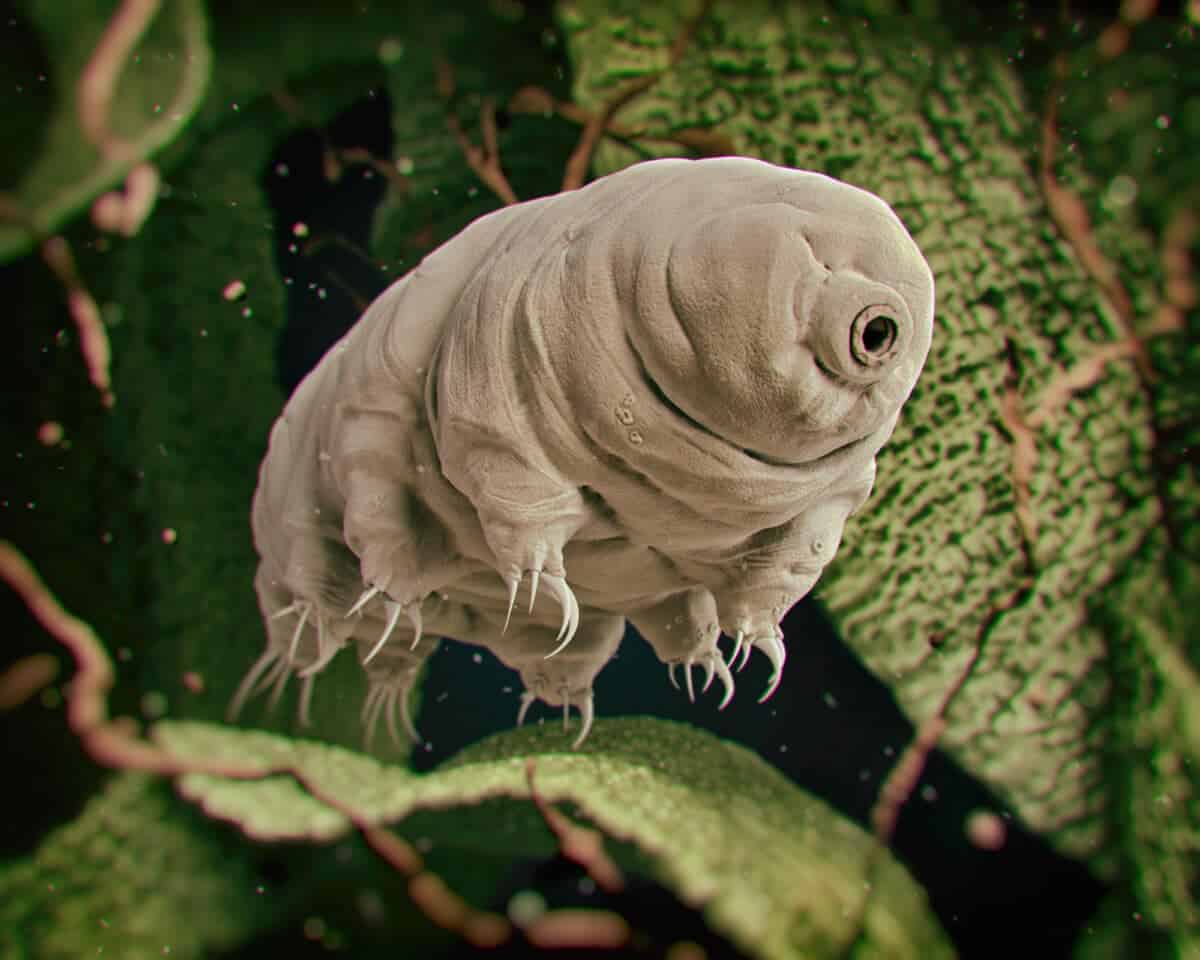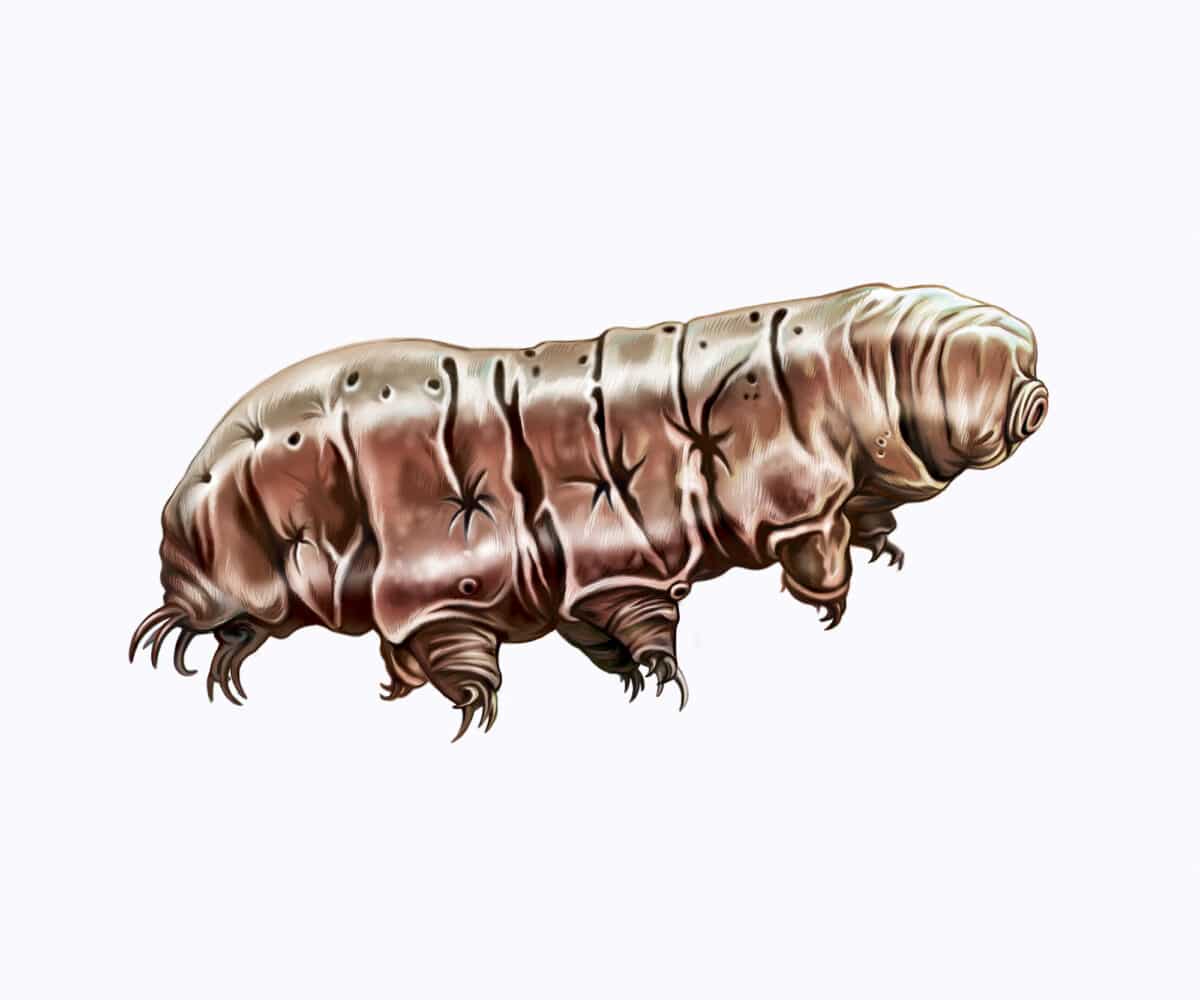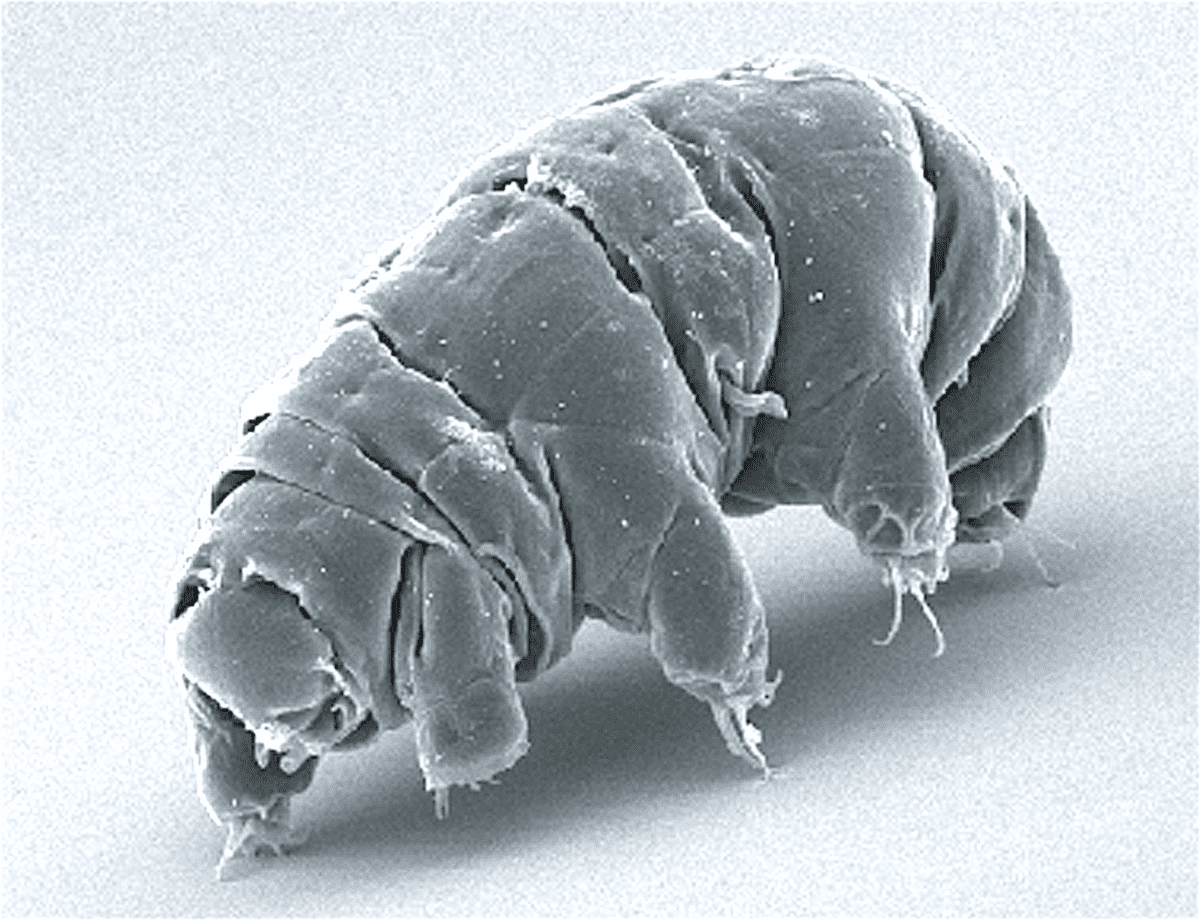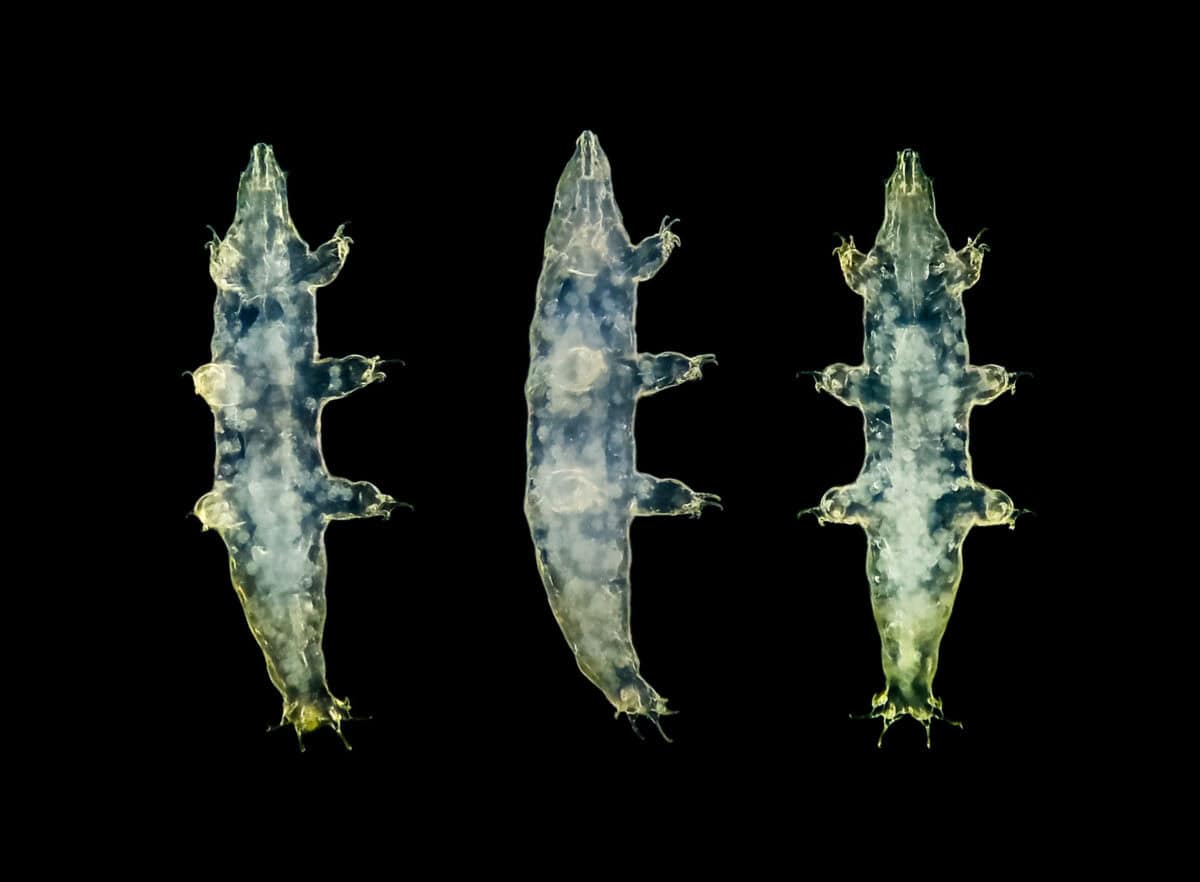In the vast diversity of life on Earth, one remarkable creature stands out for its extraordinary ability to endure the most extreme conditions: the tardigrade. Often referred to as ‘water bears’ or ‘moss piglets,’ these microscopic animals are virtually indestructible. Tardigrades have fascinated scientists and the general public alike with their astounding resilience, which allows them to survive environments that would be lethal to most forms of life.
What Are Tardigrades?

Tardigrades are microscopic water-dwelling organisms belonging to the phylum Tardigrada. Although they usually measure between 0.1 to 1.5 millimeters in length, they are visible using basic magnification tools. Their eight legs, each tipped with claws or sucking disks, contribute to their distinctive appearance and apparent likeness to larger bears.
A History of Discovery

First discovered in 1773 by German zoologist Johann August Ephraim Goeze, tardigrades have intrigued researchers for centuries. Goeze was the first to describe these creatures as ‘little water bears’ due to their bear-like gait. Later, in 1777, Italian scientist Lazzaro Spallanzani further studied these resilient creatures, recognizing their astonishing durability.
Unraveling the Tardigrade’s Unique Physiology

One of the most unusual aspects of tardigrades is their unique physiological structure. Their bodies are covered with a tough cuticle that molts as they grow. Internally, they lack respiratory and circulatory systems, relying instead on the diffusion to oxygenate their cells. This simplicity is part of their secret to surviving extreme environments.
Surviving Extreme Temperatures

Tardigrades are famed for their ability to withstand both scorching and freezing temperatures. They can survive up to 150 degrees Celsius (302 degrees Fahrenheit) and as cold as minus 272 degrees Celsius (minus 458 degrees Fahrenheit). This ability allows them to thrive in environments ranging from hot springs to polar ice caps.
Remarkable Desiccation Tolerance

One of the tardigrade’s most significant survival strategies is its ability to tolerate complete dehydration, known as desiccation. During dry conditions, they lose nearly all their body water and enter a cryptobiotic state—a form of suspended animation. In this state, known as a tun, tardigrades can survive without water for years, springing back to life when rehydrated.
Withstanding High Radiation Levels

Tardigrades can also endure high levels of radiation that would be lethal to most other organisms. Studies have shown that they can survive radiation exposure up to 1000 times that of a human. This resilience is partly due to their efficient DNA repair mechanisms and protective proteins that shield their genetic material.
Outer Space Survivors

Perhaps most astonishingly, tardigrades have been proven to survive the vacuum and intense radiation of outer space. In 2007, the European Space Agency sent tardigrades into low Earth orbit on the FOTON-M3 mission. Amazingly, upon their return, many had survived the harsh space environment and were able to reproduce successfully.
The Science Behind Tardigrade Resilience

Researchers have been working to uncover the molecular and genetic basis of the tardigrade’s resilience, which could have profound implications for understanding stress tolerances in biology. Studies have identified unique proteins like Dsup (Damage suppressor), which helps in protecting their DNA from damage.
The Ecological Role of Tardigrades
Although they are tiny, tardigrades play crucial roles in their ecosystems, particularly in soil and freshwater environments. They aid in the breakdown of organic material and contribute to nutrient cycling, supporting higher forms of life.
Potential Applications of Tardigrade Research
The study of tardigrades is not just of academic interest; it holds practical potential. Insights into their durability mechanisms could inspire advances in biotechnology, astrobiology, and even medicine, providing new ways to protect human cells from damage.
Conclusion: Nature’s Indestructible Marvels

In summary, tardigrades embody some of the most extraordinary survival strategies known to science. Their ability to withstand extremes of temperature, radiation, and pressure makes them one of nature’s most resilient creatures. As research continues, these tiny titans may unlock secrets that benefit a range of scientific endeavors, revealing the full potential of biological survival techniques.
- Beginner’s Guide to Identifying Animal Tracks - August 23, 2025
- Are Nature Reserves Failing Their Conservation Mission? - August 23, 2025
- What Happens If Predators Are Reintroduced to Yellowstone - August 23, 2025
